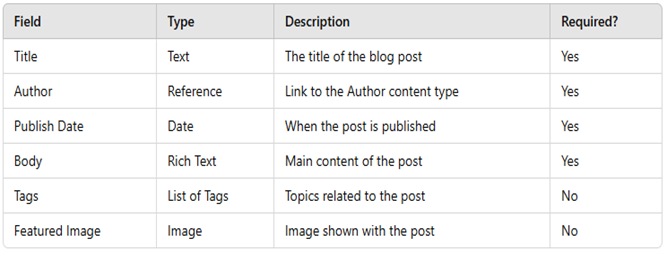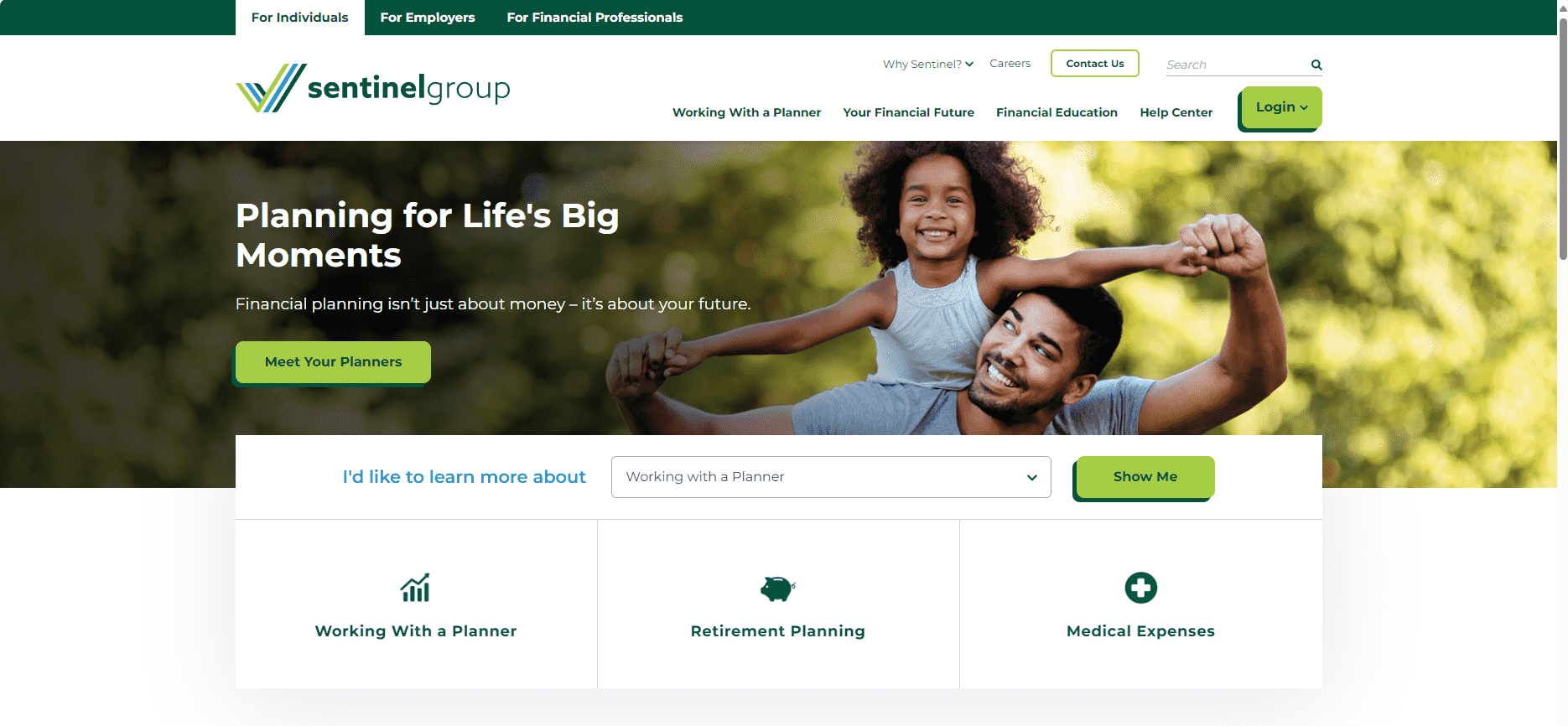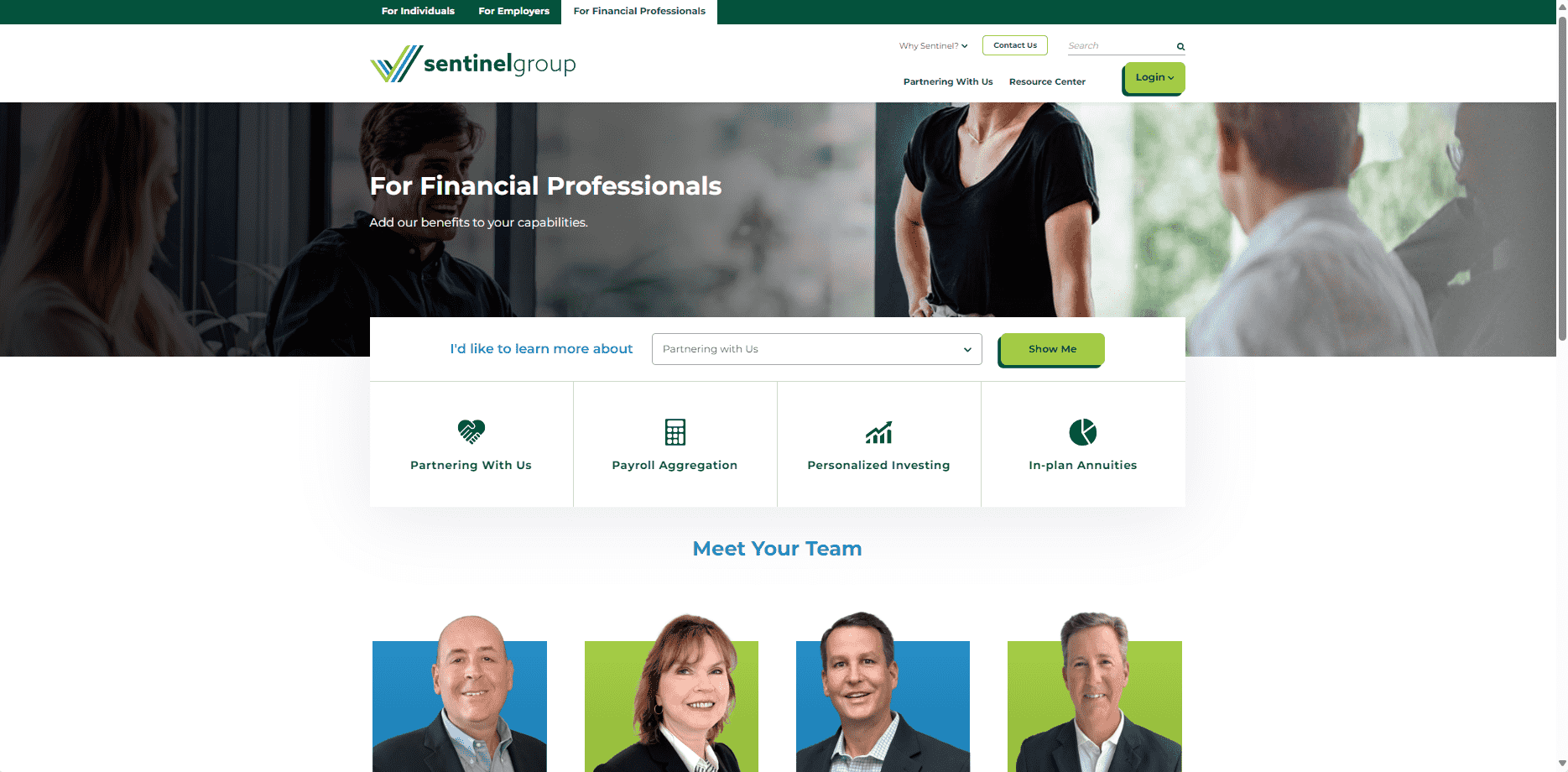SENTINEL
Services we provide:
- Discovery
- Strategy
- UX/UI design
- Website development
- Kentico implementation
About Sentinel
Sentinel is one of the largest employee benefits providers in the Northeast with 4,000+ clients and more than 250,000 plan participants. Sentinel partnered with SilverTech for their website redesign to accentuate their competitive advantages to other providers and strengthen brand messaging and company culture online. Additionally, they wanted to highlight Sentinel as a one-stop-shop benefits provider for employers and employees. Sentinel sought SilverTech’s expertise to create an experience geared towards the individual including storytelling elements through iconography, lifestyle-type imagery, and testimonials on their website.
The Process
Sentinel chose SilverTech’s recommendation of Kentico for several reasons. What appealed most to them was the easy-to-use interface for content editors, the ability to tag content clearly and effectively for multiple user groups, varied ability levels/place in the sales funnel, and the platform’s marketing automation abilities. Since the main goal of this website redesign was to create lead generation, the power and customizable functionality of the Kentico CMS coupled with the easy-to-use personalization and marketing automation features was a no brainer for Sentinel.
The Challenges
SilverTech faced several challenges throughout working on this project. One of the pains of Sentinel’s old site was that the homepage was difficult to use, asking users to act before understanding who Sentinel is. The new website clearly communicates the Sentinel brand before asking users to act. Another challenge that SilverTech faced was placing educational materials and related resources in a location and manner on the website that would be the most beneficial to users. This would make it easy for users to find information on their own and eliminate the need for Sentinel to send users direct links to the information. Sentinel loves the new website and SilverTech was able to address all the challenges of the old website.
RESULTS
What is Content Modeling? A Guide to Structuring Content for Success
5/23/25
Content is everywhere — websites, apps, marketing campaigns, chatbots, and more. Behind every piece of content that looks clean and well-organized is an intentional content model guiding how that content is created, stored, and displayed. Whether you are a developer, designer, marketer, or content strategist, understanding content modeling is essential to building scalable and effective digital experiences.
What is Content Modeling?
Content modeling is the process of identifying, organizing, and structuring all the distinct types of content an organization needs — and defining how these pieces relate to one another. Think of it as creating a blueprint for your content, much like an architect creates a blueprint for a building.
A content model breaks content down into content types, fields, relationships, and rules, ensuring that content is reusable, adaptable, and easy to manage across multiple platforms and channels.
Why is Content Modeling Important?
Without a clear content model, content can become fragmented, inconsistent, and difficult to manage. Here’s why content modeling should be a cornerstone of your content strategy:
• Consistency: Ensures that content is structured uniformly across all platforms.
• Scalability: Makes it easier to add new content types or adapt to new channels without starting from scratch.
• Reusability: Allows content to be repurposed for different contexts (e.g., websites, apps, voice assistants).
• Collaboration: Helps designers, developers, and writers work from the same content blueprint, reducing confusion and errors.
• Future-proof: Prepares your content to be flexible and ready for future technologies and platforms.
Key Elements of a Content Model
1. Content Types
These are the different kinds of content you need, such as "Blog Post," "Product," "Testimonial," "Event," or "Author."
2. Fields/Attributes
Each content type has specific pieces of information (fields) associated with it.
• For a Blog Post, fields might include Title, Author, Publish Date, Body, Tags, and Featured Image.
• For a Product, fields might include Name, Description, Price, SKU, and Image.
3. Relationships
Content types often relate to each other.
• A Blog Post might have a relationship with an Author.
• A Product might be linked to multiple Categories.
4. Content Rules
These are constraints and guidelines that ensure content is created correctly.
• Example: "The Title field is required and has a 60-character limit."
• Example: "An Event must have a Date and Location."
5. Taxonomies and Tags
To classify and group content logically, you may define categories, tags, or custom taxonomies (e.g., genres for books).
A Simple Example: Modeling a Blog Post

How content Modeling Helps Teams
• Content Strategists: Plan and organize content in ways that align with business goals.
• Designers: Know exactly what content elements are available to design for.
• Developers: Can build flexible and efficient content structures in CMS or headless CMS systems.
• Marketing Teams: Ensure consistent messaging and design across campaigns.
Content Modeling in a Headless CMS World
With the rise of headless CMS platforms like Sanity and Contentful and hybrid headless CMS platforms like Kentico and Progress Sitefinity, content modeling has become even more critical. Since content is decoupled from presentation, having a solid model allows you to reuse the same content across websites, mobile apps, and even IoT devices without reauthoring content.
Tips for Effective Content Modeling
• Start with a Content Inventory: Identify all content types and their variations.
• Think About Relationships: Map out how content pieces connect.
• Consider Reusability: Design models that allow content to be reused in multiple contexts.
• Involve Stakeholders Early: Collaborate with developers, designers, and marketers to ensure the model works for everyone.
• Document Everything: Create clear documentation so everyone understands the content structure.
A Complex Example: Website Content Model
A complex content model for a website ensures structured content management, facilitating scalability, personalization, and multi-channel publishing.
[Home Page] ---> [Services] ---> [Case Studies]
| | |
V V V
[About Page] <--> [Team] [Testimonials]
|
V
[Contact Page]
Services Example
• GET /services – Get all services
• GET /services/{id} – Get a specific service
• POST /services – Create a new service
• PUT /services/{id} – Update a service
• DELETE /services/{id} – Delete a service
"id": 1,
"name": "Web Development",
"description": "Custom website development services.",
"category": "Development",
"icon": "https://cdn.yourbusiness.com/icons/web-dev.png",
"pricing": "Contact for Pricing",
"related_services": [2, 3]
Final Thoughts
Unlock the full potential of your digital ecosystem with SilverTech’s Content Modeling Solutions. Content modeling is more than just a technical task — it is a collaborative effort that ensures your content is consistent, flexible, and ready to meet user needs. Whether you’re managing a dynamic website, powering omnichannel marketing, or streamlining content governance, our expertly crafted models bring order to complexity.
A strong content model will set you up for success. We design flexible, future-proof structures that empower teams to create, manage, and distribute content seamlessly—reducing redundancies, improving searchability, and accelerating time-to-market. With SilverTech, your content isn’t just organized, it’s optimized for engagement, innovation, and business growth.
Ready to create a content model? Don’t delay! Get in touch to discover how SilverTech’s content modeling solution can make it happen.




